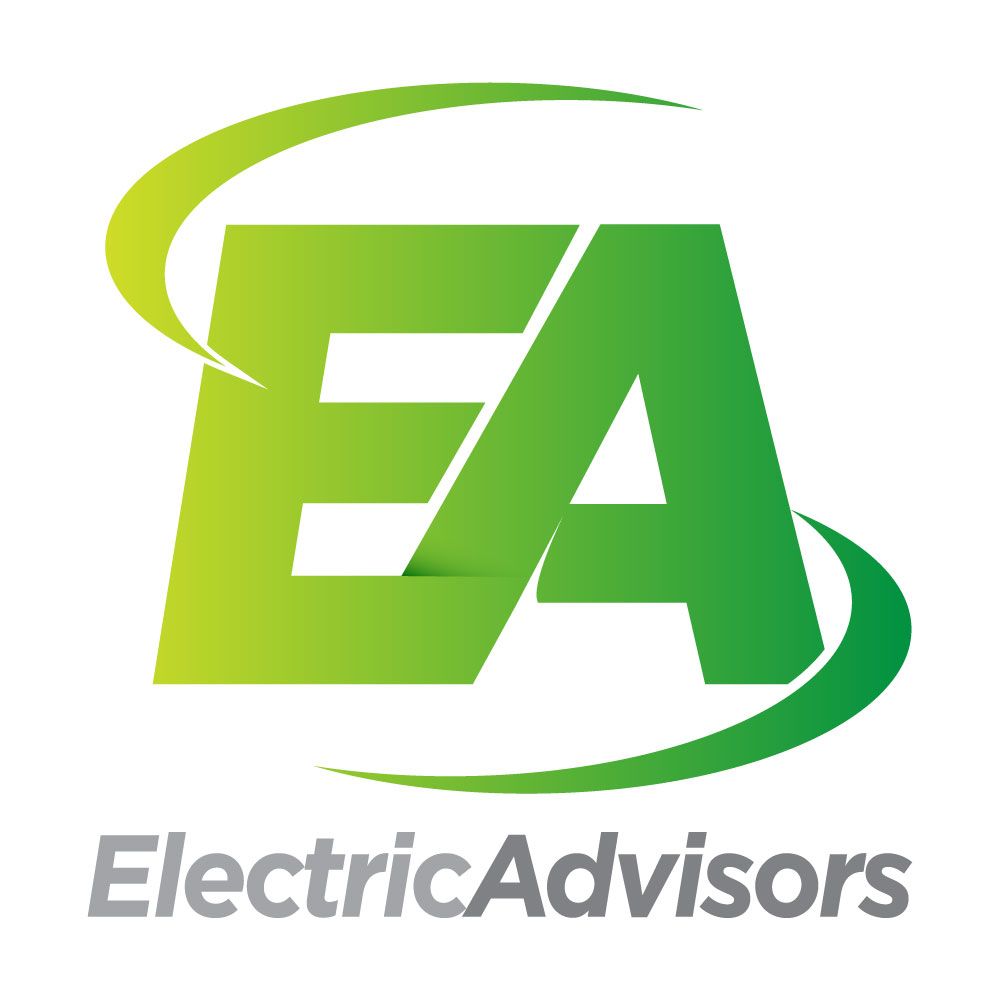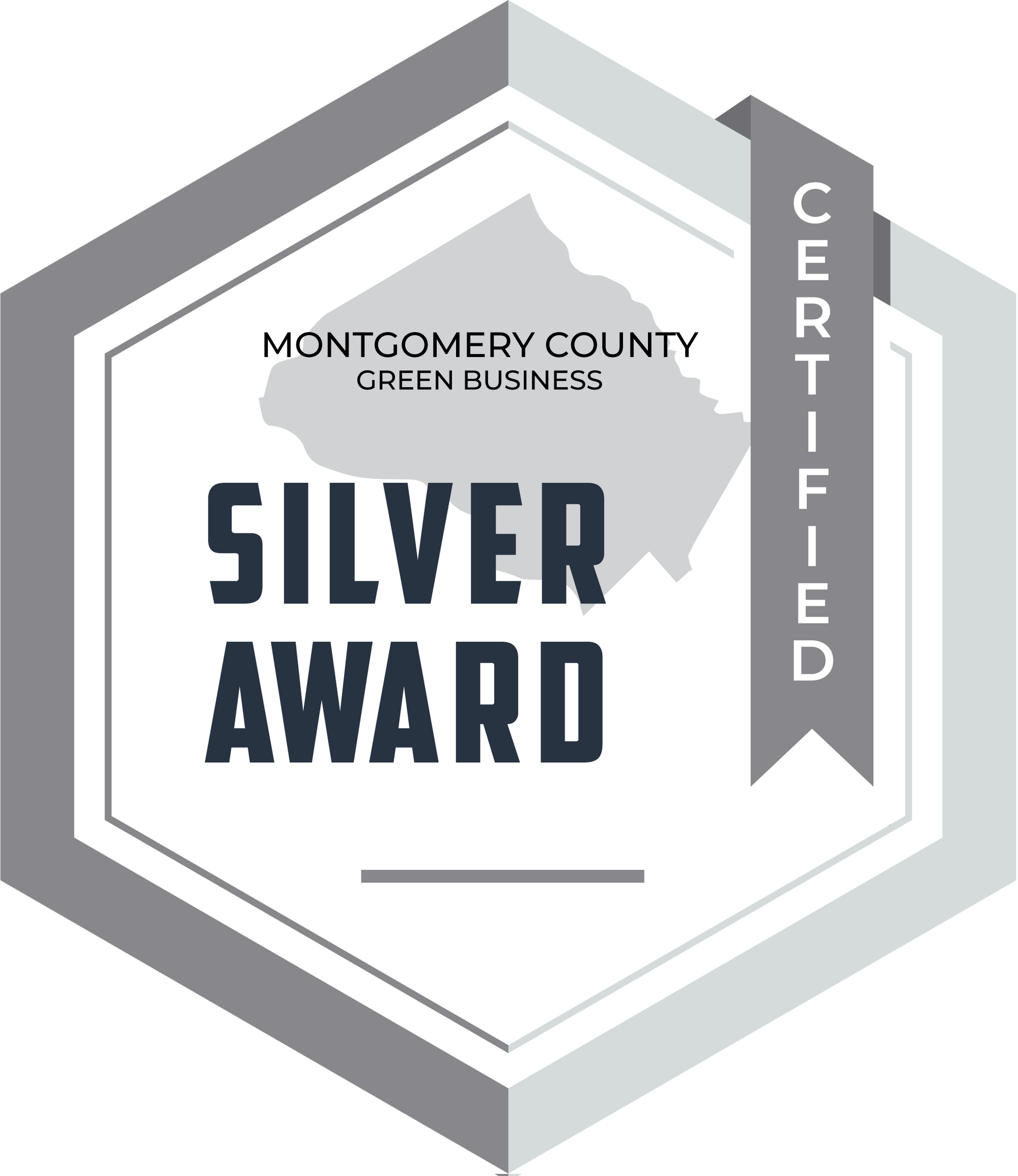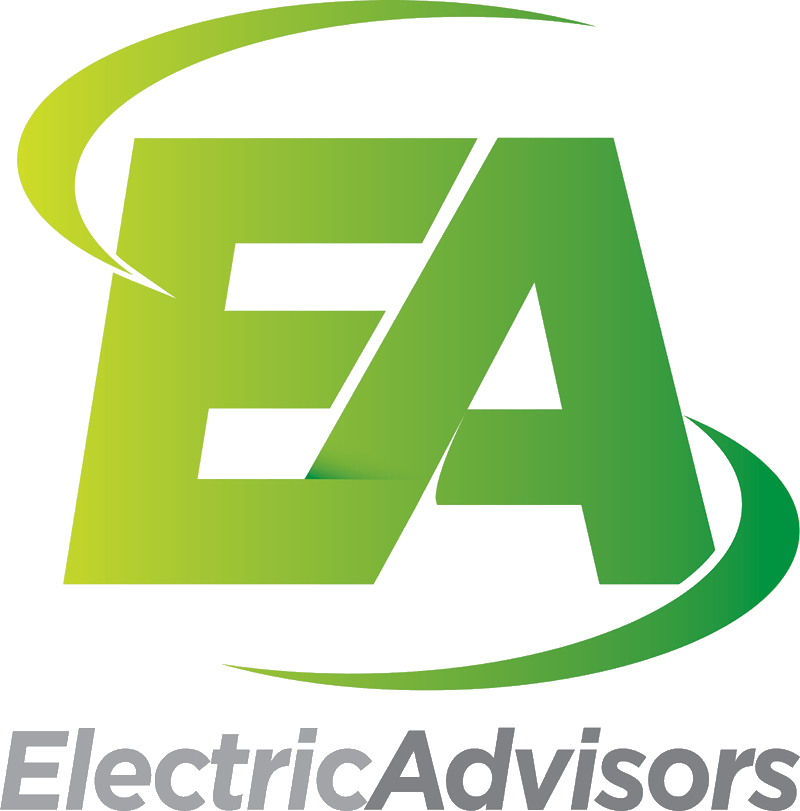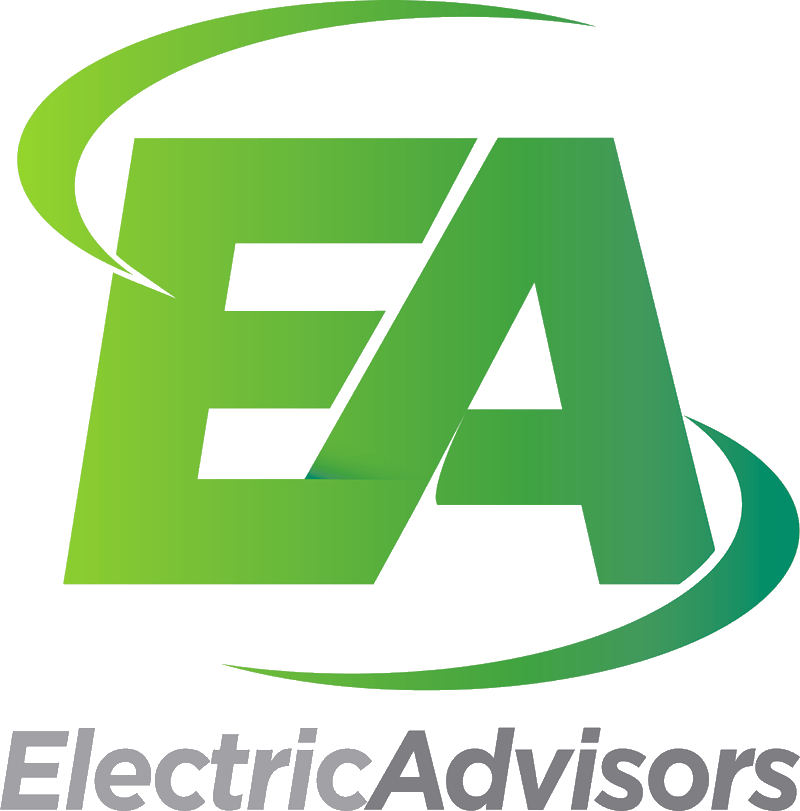Special Guest Post: The Three Leadership Behaviors that Drive Fierce Loyalty & Extreme Engagement
Our friend Ramesh Sundaresan, from HR and payroll company Paycor, shares his top tips for developing loyalty and engagement among your employees.

In today’s workforce, the overall effect of front-line managers on the health and continued growth of a business simply cannot be overstated. An organization with top leaders who earn the trust of employees drives engagement – and in midst of fierce competition, the company with the most engaged employees win by every measure: revenue, productivity, and customer satisfaction. Salary becomes less of a factor in terms of job satisfaction.
If employees are engaged by a leader they trust, it can take a pay raise of more than 20% to poach them (Gallup).
In 2022, 40% of employees were considering quitting their jobs. 62% cite “toxic company culture” as their #1 reason for leaving, followed by low salary, poor management, and a lack of a healthy work-life balance (FlexJobs). These reasons have one thing in common: they’re all driven from the top.
And while the labor market will eventually stabilize, and recession could cool the short-term job market, the talent shortage is here to stay. By 2030, there will be more jobs than workers (Boston Consulting Group). Blame this mismatch on decades of low fertility rates, baby boomers retiring at record levels,
and historically low immigration.
That’s why leaders are more important than ever. Organizations with the most effective leaders will see higher levels of employee engagement and that will create a virtuous cycle of lower turnover, higher retention, and healthier company cultures.
So, what are the three behaviors that create the ideal workplace? It’s the C.O.R. of employee development. Coach. Optimize. Retain.
COACH: A coaching approach to leadership focuses on helping an employee find the sweet spot between their own personal aspirations and the needs of the organization. Effective coaches help workers discover and refine their strengths and address blind spots and weaknesses.
Why Coaching Is Important
Coaching promotes engagement and accountability. When employees are learning and growing, their day-to-day job responsibilities feel like a path forward and not a dead end.
60% of employees in organizations with strong coaching cultures rate themselves as “highly engaged” vs. 48% in organizations that don’t support coaching (TLNT). 94% say they’d stay at a job longer if they had access to career development (LinkedIn Workplace Learning Report).
ACTION PLAN: Show employees how their role aligns to the company mission.
OPTIMIZE: To optimize performance, leaders need to balance a relentless drive to excellence, without burning people out or micromanaging.
Why Optimizing Is Important
Leaders are responsible for the productivity of their teams. It’s what managers are hired to do. And while the company most likely evaluates manager efficacy based on objective results and revenue goals, a lot of what it takes to inspire a team to give it their all is intuitive, as much art as science.
Optimizing performance is a balancing act. Effective leaders know how to model accountability without slipping into micromanagement. They know how to encourage and cheer employees without being a pushover. They lead by example and inspire others to go the extra mile.
ACTION PLAN: Explain the “why behind the what.”
RETAIN: Leaders inspire loyalty by rewarding and incentivizing employees in a holistic way that makes them feel authentically valued.
Why Retention Is Important
Retaining employees is a long-term growth strategy. It helps maintain company culture, preserves institutional knowledge, and gives team members the chance to form healthy relationships and even friendships, all of which are good for the business.
Turnover is expensive. It can cost between 30% and 150% of an employee’s salary to replace them (Harrison HR). And there are intangible costs. Turnover can be contagious, especially if the people who leave are well-liked. The key to building a turnover-resistant organization is an understanding of what motivates individuals and rewarding and incentivizing them in a variety of ways, not just monetarily.
ACTION PLAN: Don’t assume it’s always about money.



All Rights Reserved
Stay Connected
We will get back to you as soon as possible.
Please try again later.

